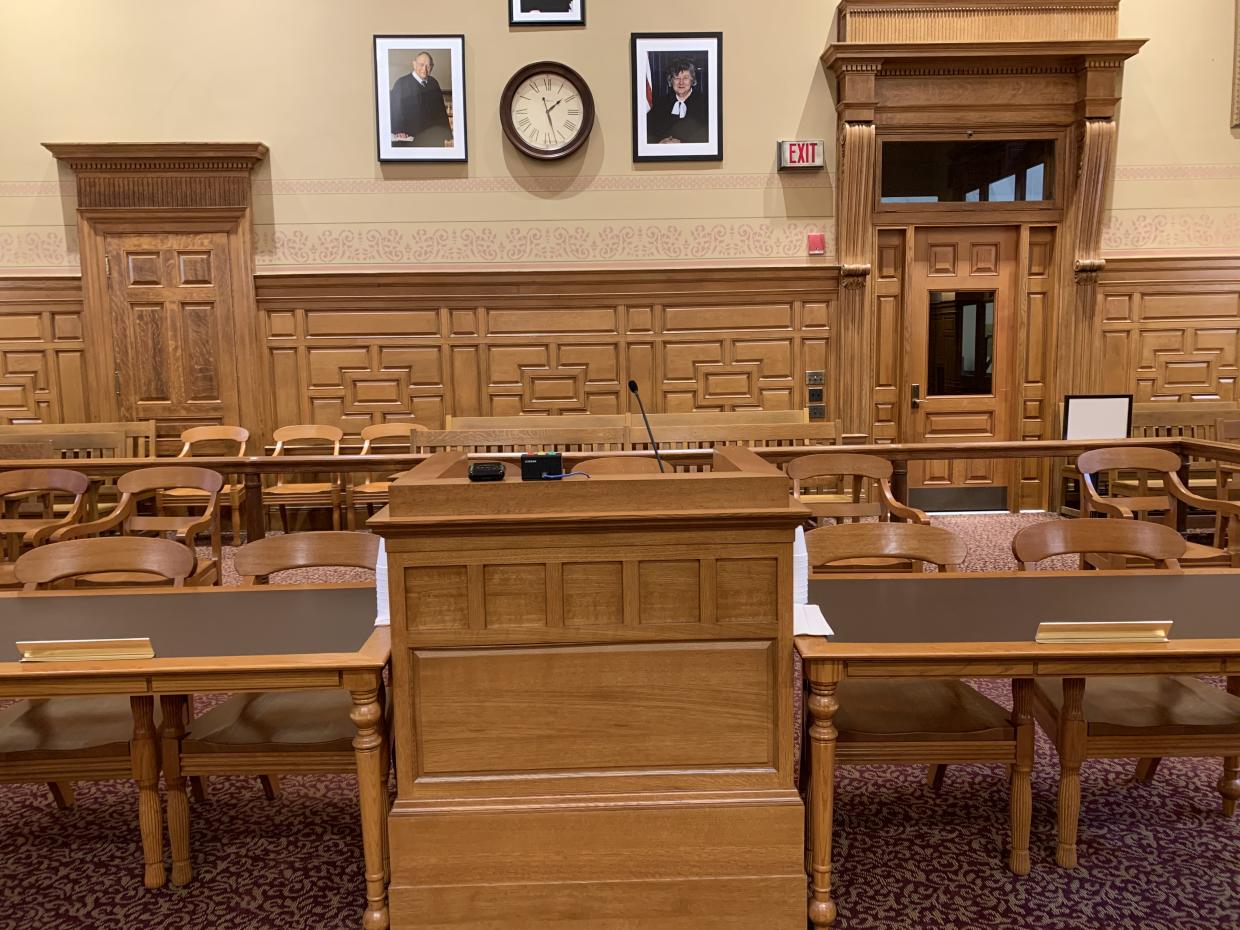Despite not being physically in the courtroom, the Zoom session is a court proceeding and an extension of the court. An Appeals Court oral argument session on Zoom will operate similar to a courtroom hearing – parties will arrive and check in, and when their case is called will argue for fifteen minutes per side (unless the time is otherwise divided). A countdown timer will be displayed. There will be no opportunity for rebuttal. All participants are expected to observe the Court’s rules, practices, and etiquette as if they are appearing before the Court physically in the courthouse. The only exception is that you are not expected to stand at the start or conclusion of the session. You may stand during your argument if you prefer.Arguments will be recorded and a live stream of the court proceedings is available to the public on the Appeals Court’s YouTube channel. Persons observing on YouTube should note the live stream has a delay of approximately 30 seconds. Participants must be aware:
a. The session is live and public. Anything said during the proceeding will be overheard by all observers. Impounded information in the record should not be disclosed at oral argument.
b. The proceeding is being recorded. Everything said will be captured and made part of the record just as in the courtroom. The sessions are recorded by the Clerk. No other recording is allowed.
c. Courtroom decorum rules still apply. Participants should act as they would in the courtroom.
d. While the Court expects participants to be dressed professionally, it is understood that everyone is working remotely.
e. To the extent possible, please be aware the Justices will be asking questions at different times during your argument so you should be listening for the Justices’ questions.
